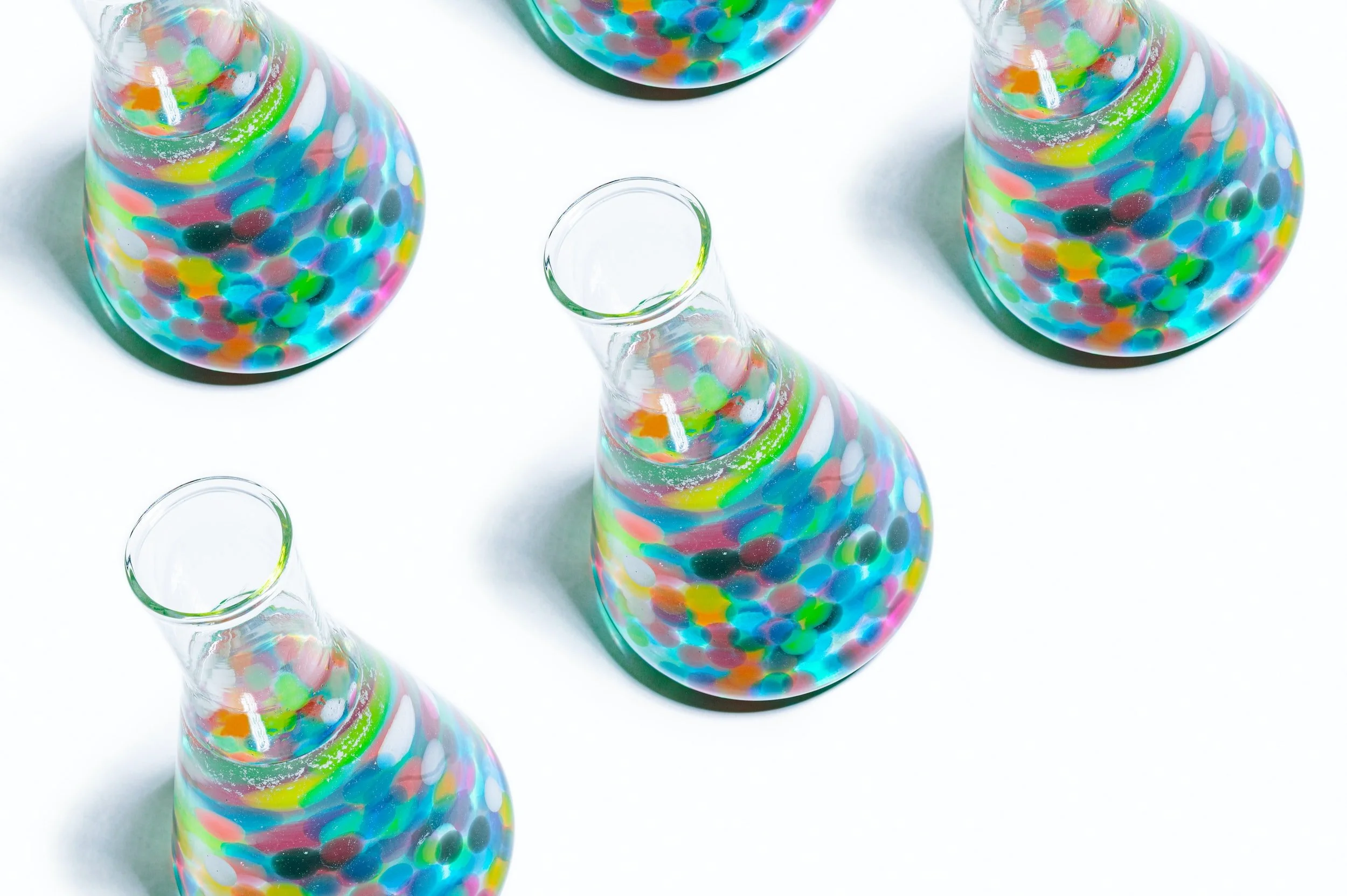We use products made with rubber every day. Not only is the process of creating rubber fossil-intensive, but so too is all that rubber waste. What if you could make new rubber products from old rubber products in a way that captures carbon emissions before they enter the atmosphere while keeping fossil carbon in the ground? LanzaTech and Sumitomo Riko Company Limited, today announced they have entered into a joint-development agreement to reuse rubber, resin, and urethane waste for the production of a key chemical intermediate, isoprene, which is the main component of natural rubber. Using synthetic biology for this new path to isoprene, LanzaTech’s nature-based platform has the potential to produce a new sustainable source of rubber through recycling, without losing any material integrity.
Disrupting the global supply chain starts with changing how we make the chemicals that are the building blocks for everything we use daily.
LanzaTech CEO Highlights Company Role as a Synthetic Biology Leader at White House Event Celebrating Biotechnology
LanzaTech CEO Highlights Company Role as a Synthetic Biology Leader at White House Event Celebrating Biotechnology
LanzaTech, with the support of Danone, Discovers Method to Produce Sustainable PET Bottles from Captured Carbon
Danone and LanzaTech have found a way to produce bottles from carbon emissions that will reduce their environmental impact and reduce costs by creating a direct pathway to manufacturing them. Danone and LanzaTech have found a way to produce bottles from carbon emissions that will reduce their environmental impact and reduce costs by creating a direct pathway to manufacturing them.





